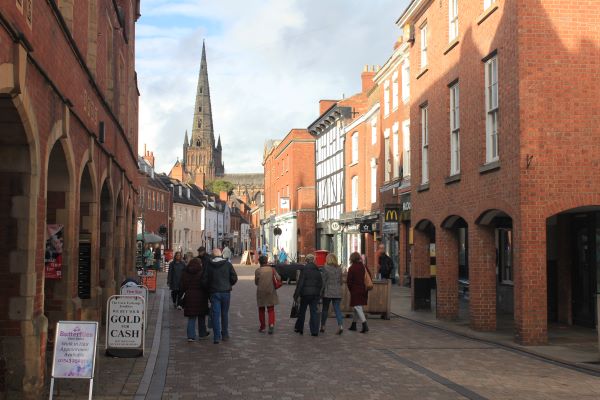
Historic England maintains a national heritage list for England that lists all listed buildings in the country and district - find out if your home/business is listed.
If you own a listed building and want to carry out any work or have any queries, please ensure you read the following page before contacting our team.
It is also best to employ an architect who is used to working with listed buildings at an early stage for work on extensions and alterations involving historic fabric. They will have the necessary skills to be aware of where likely difficulties and sensitive areas will be and can draw up sketch proposals, if necessary, for discussion with officers before hard and fast decisions are taken.

